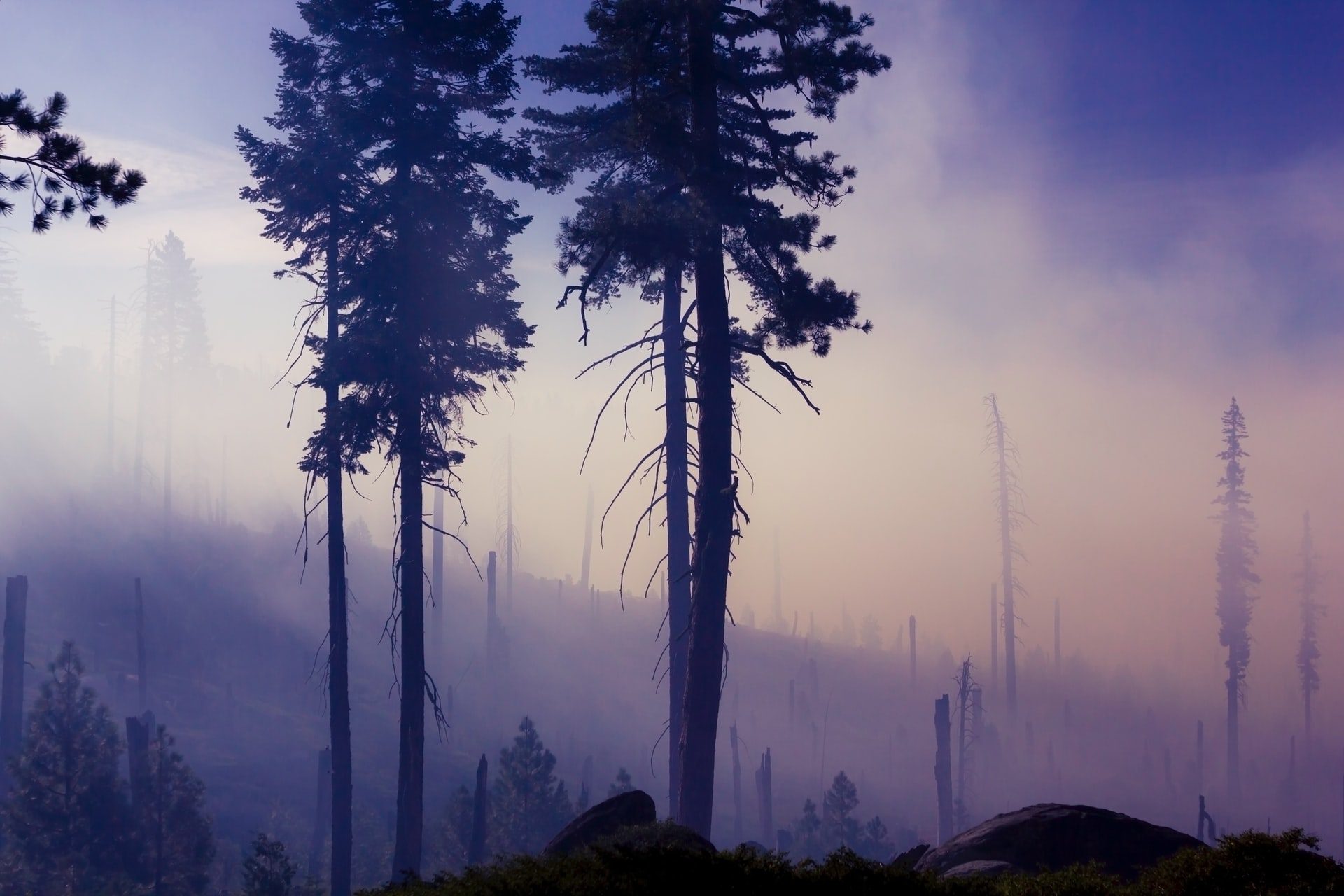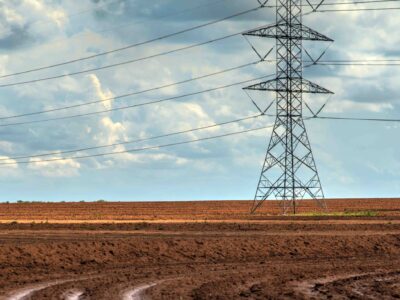Alaska And The Other Western States Meet Wildfires Exacerbated by Carbon Emissions Head-On With More Funding For Rural Firefighters.
Things are truly warming up in the western regions of the United States. Temperatures in states such as California, Washington, and Oregon have increased as much as two degrees since 1900. That increase affects the snowpack, which in turn creates drier soil across the land: this drier land is the perfect tinder for wildfires. As wildfires burn, carbon stored in the trees combusts, releasing additional carbon dioxide into the atmosphere. As fires increase, emissions increase, creating more fires. All of these factors have started a vicious cycle resulting in larger, more numerous wildfires each season. It’s a dangerous cause-and-effect problem that needs a solution. Given the magnitude and threat level, many western states are taking action to mitigate the problem.

Wildfire-related emissions in 2020 were three times higher than the historical 21st-century average across the region. The exponential spread and threat of wildfires are moving north to Alaska, where dry and cold-dominated ecosystems are even more susceptible. The state recently expanded funding to firefighters in rural regions. Nearly three dozen small fire departments across the state recently received grants from the Alaska Division of Forestry. These grants, totaling nearly $160,000, will be used to improve firefighting capacity and enhance the protection of land, especially the fragile lands that fall somewhere between wild and urban.
These grants are a part of the U.S. Department of Agriculture’s Forest Service’s Volunteer Fire Assistance program, distributed to rural fire departments across the country that serve populations less than 10,000. Generally, departments use the money to purchase additional personal protective equipment, pumps, and other tools used to fight wildland and structure fires.
“Local fire departments in rural towns and villages around Alaska play an integral role in helping [the Forest Service] attack wildfires and protect our communities,” said Norm McDonald, the Division of Forestry’s Wildland Fire and Aviation Chief. “They are crucial in helping us achieve our goal of limiting 90 percent of wildfires in critical and full management option areas near our communities to less than 10 acres. These grants help the smaller departments get the resources they need to help us accomplish our mission and protect the lives and homes of Alaskans.”
These funds are critical in the fight against the vicious wildfire-to-carbon-emissions-to-wildfires cycle unfolding across the west. Fighting wildfires has never been more important for America’s sustainable future.





